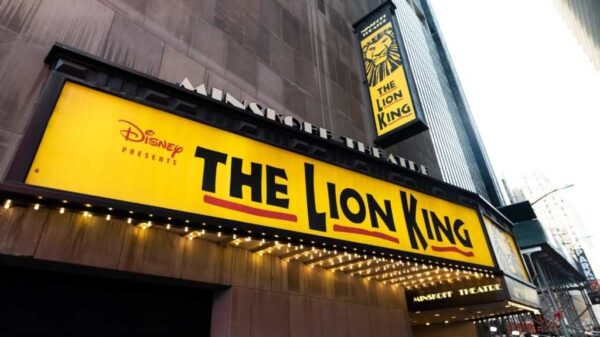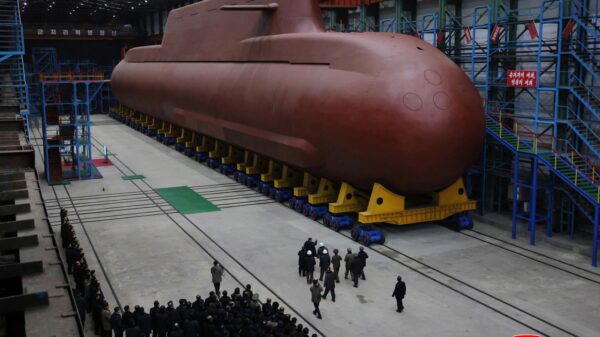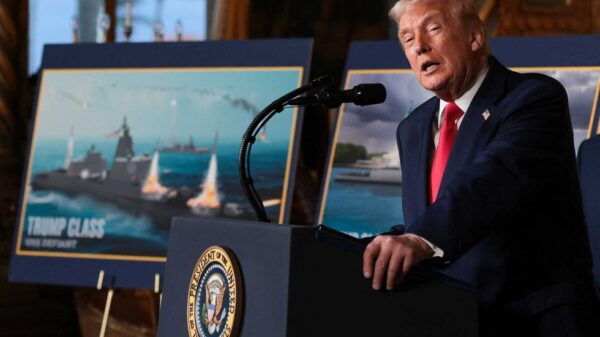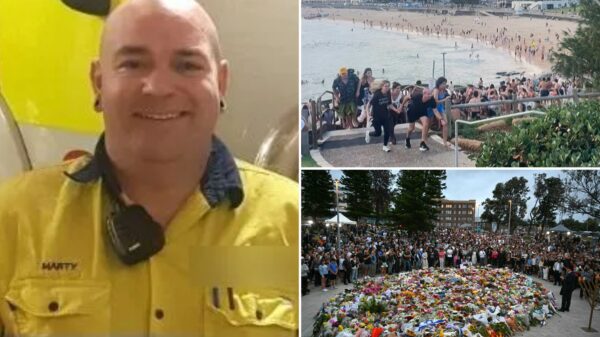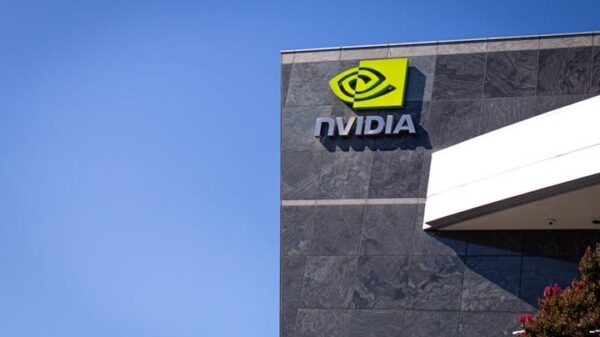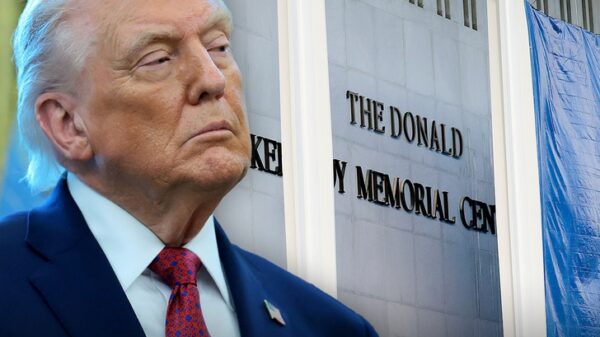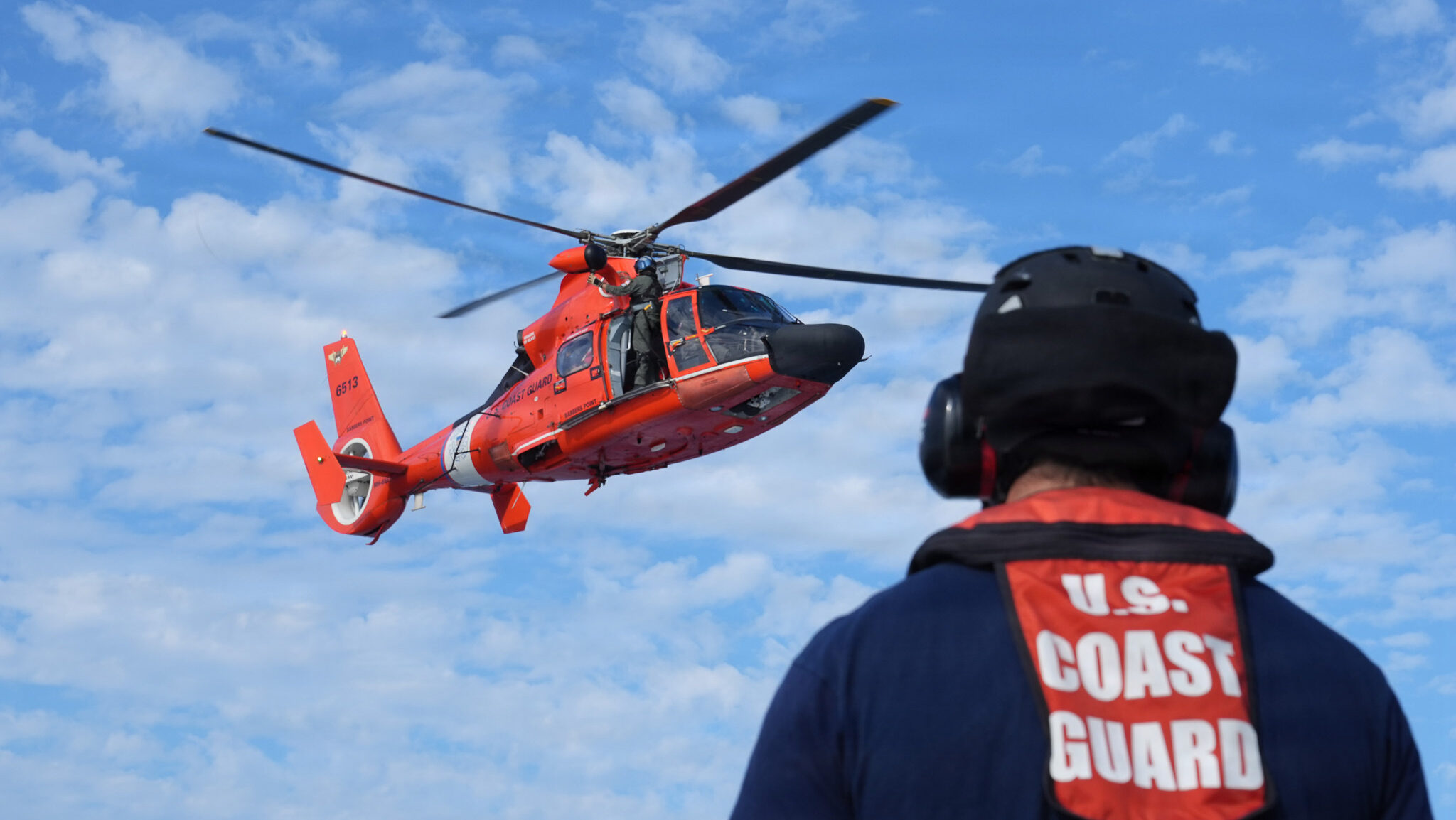A recent report from the Congressional Budget Office (CBO) highlights a decline in the availability rates and overall inventory of the United States Coast Guard aircraft over the past two decades. Despite this trend, the availability of Coast Guard aircraft remains comparable to that of the Pentagon’s fleets.
The Coast Guard’s aviation assets currently include approximately 100 H-65 helicopters, 50 H-60 helicopters, and 50 fixed-wing aircraft, which serve various functions ranging from medium-range surveillance to heavy transport. Between 2006 and 2024, the CBO noted a slight overall decrease in both availability and inventory rates. Notably, the availability of fixed-wing aircraft improved from 41.8% to 50.5%, while helicopter availability dropped from 60.7% to 47.8%.
According to the CBO report, “Coast Guard helicopters tend to have availability rates that are lower than the rates for Army helicopters, higher than the rates for Department of the Navy (DoN) helicopters, and similar to those of Air Force helicopters.” The report further indicated that while the overall number of aircraft has generally decreased, the dynamics differ by type. Specifically, while the number of fixed-wing aircraft has declined, the number of helicopters has increased.
In 2006, the Coast Guard operated 68 fixed-wing aircraft and 134 helicopters. In 2024, those numbers have shifted to 53 fixed-wing aircraft and 146 helicopters. This results in a net decrease of only three aircraft when comparing the inventories from both years.
Recent Funding and Future Procurement Plans
The report also highlighted that recent reconciliation legislation allocated $3.7 billion to the Coast Guard for the acquisition of additional aircraft, along with $2.2 billion designated for depot-level maintenance facilities. During a Senate hearing on October 25, 2023, Adm. Kevin Lunday, who has been nominated to serve as the commandant of the Coast Guard, stated the service aims to procure up to 40 MH-60 helicopters and six C-130J aircraft using these funds.
Adm. Lunday’s nomination was made public earlier this year, but the White House only formally submitted his name to the Senate this fall. During the hearing, several Democratic senators raised concerns regarding the Coast Guard’s previous purchase of “two luxury executive jets for more than $172 million.” They questioned whether these funds might have been better allocated to maintain search and rescue stations that could face closure as part of the Coast Guard’s ongoing restructuring efforts.
In response to these concerns, Adm. Lunday emphasized the necessity of the jets for operations that provide senior Department of Homeland Security (DHS) officials with secure command and control capabilities during emergencies. He acknowledged the potential station closures but noted that analysis is still early in the process.
“There is a statutory process if the Coast Guard were to move forward with any closure of stations that includes public comment and input,” Adm. Lunday stated. He recognized that community members are very invested in the Coast Guard facilities and stations within their areas.
As the situation develops, the Coast Guard’s ability to manage aircraft availability and maintain essential operations remains a priority, particularly in light of the budgetary challenges and the need for updated resources.


